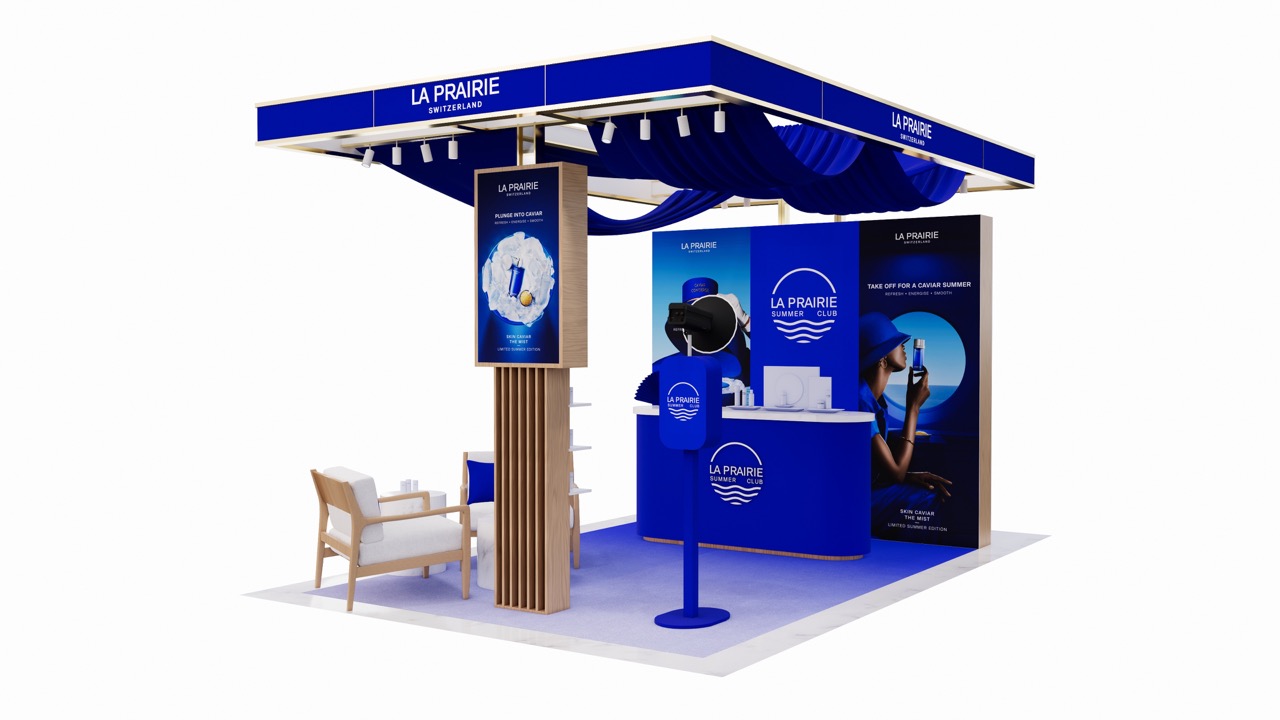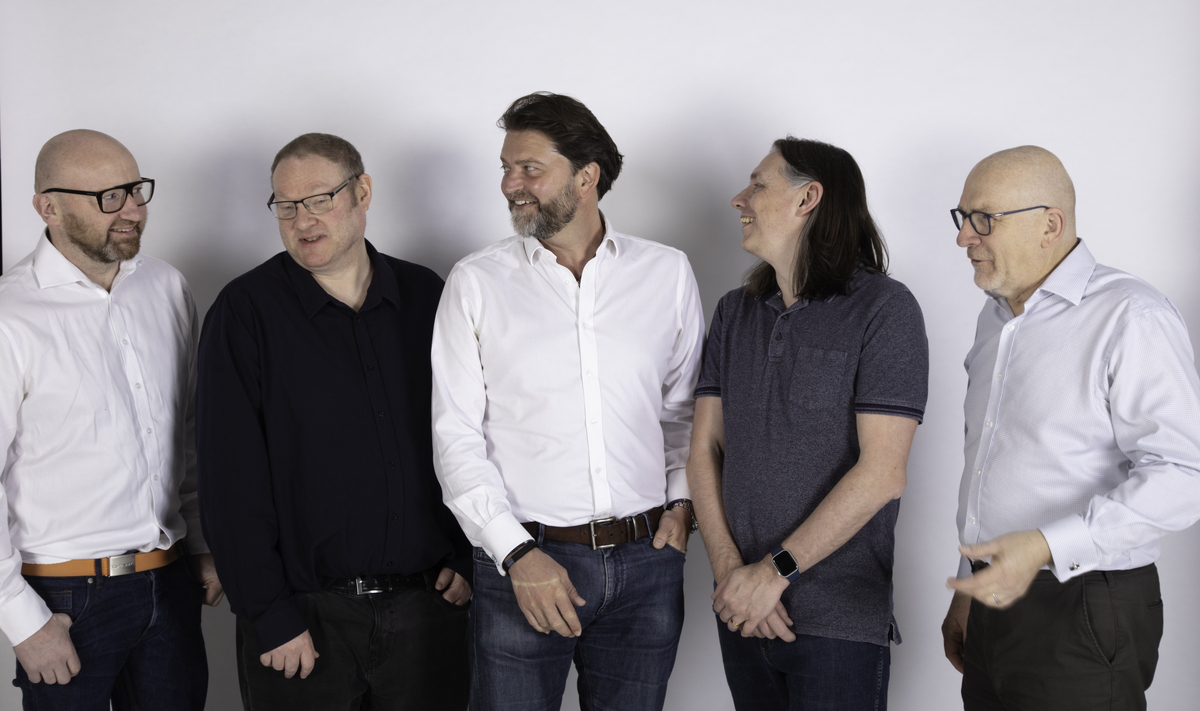INTERNATIONAL. In the latest edition of our new series, The Future Shapers, which examines technologies, ESG initiatives and other visionary innovations that are changing our world for the better, we revisit London-based Urban-Air Port. The company is behind the infrastructure for the world-first fully-operational hub for future electric vertical take-off and landing (eVTOL) aircraft, which will be launched in the UK city of Coventry early in 2022.
Earlier this year, The Moodie Davitt Report exclusively broke the news in the travel retail media about the revolution in air travel that will be sparked by Urban-Air Port.
Thousands of mini-airports are set to spring up across the world based on this versatile and compact infrastructure, and we could see more than 200 of them in a city such as London within the next ten years.
Sounds far-fetched? It isn’t, insists Urban Air-Port Founder and Executive Chairman Ricky Sandhu, who stands by this eye-catching prediction delivered during an exclusive interview back in February.
Six months on, The Moodie Davitt Report’s Senior Business Editor Mark Lane finds out more about the highly-promising eVOTL industry and Urban-Air Port’s pioneering role within it.
He also investigates the fast-developing commercial opportunities for retailers, brands and F&B businesses which will become available via Urban-Air Ports and the newly-established Urban-Air Choice platform. Sandhu and the company’s Chief Retail Officer Keith Hunter provide the answers.
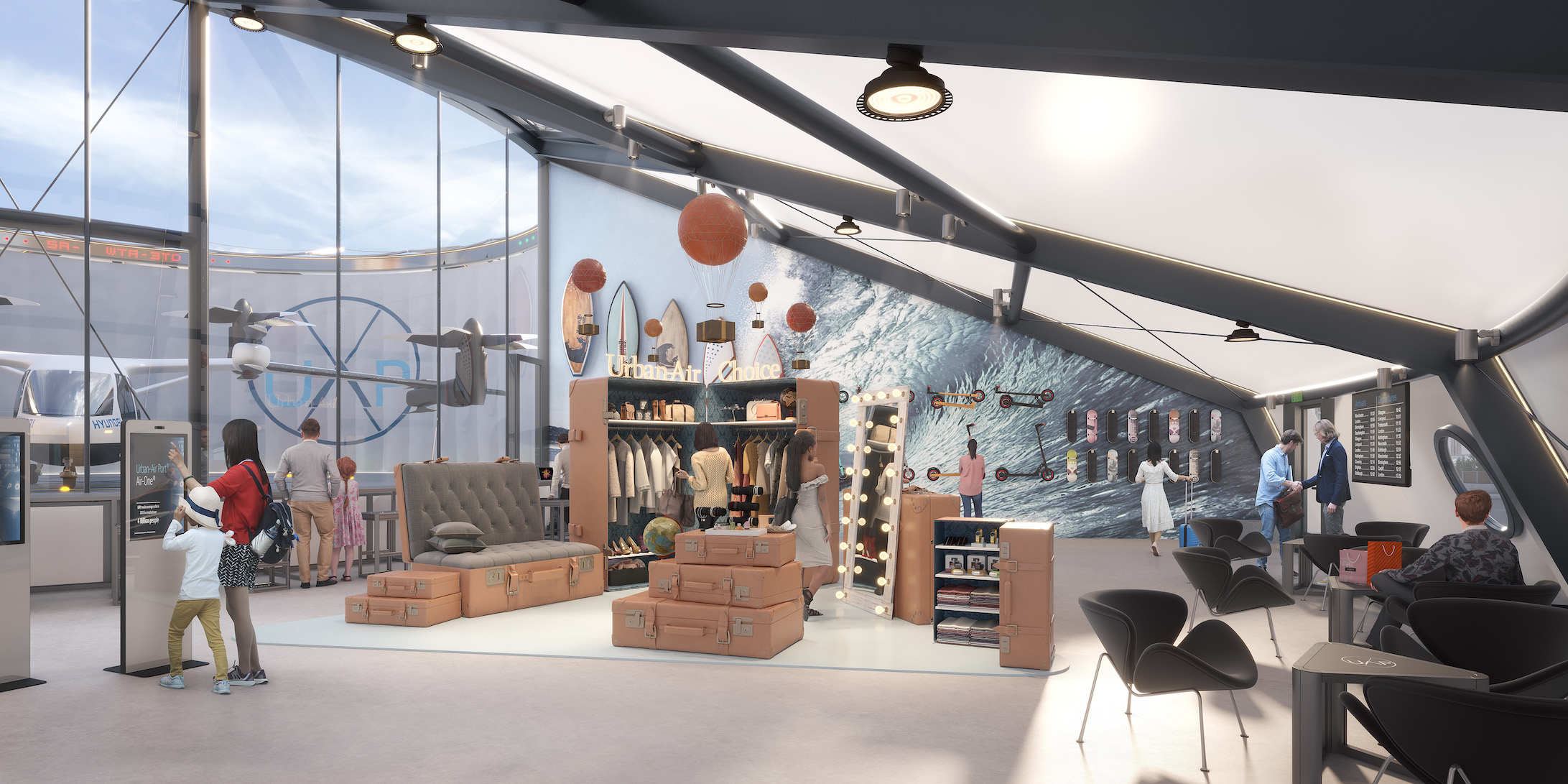
“It’s travel retail, but not as we know it.” So says Keith Hunter, the new Chief Retail Officer of Urban-Air Port, when asked to describe the manifold commercial opportunities that are fast coming down the line from a company at the forefront of one of the most exciting and significant developments for air transportation in the sector’s history.
Urban-Air Port is the company behind the infrastructure of Coventry, UK’s Urban-Air Port Air One, the world-first fully-operational hub for future electric vertical take-off and landing (eVTOL) aircraft. Its launch is planned for Spring 2022 and will set in motion a global transport infrastructure revolution designed to unlock the potential of sustainable urban air mobility. This will facilitate seamless passenger journeys and deliveries, while reducing congestion, cutting air pollution and decarbonising transport.
While the international aviation industry and its non-aeronautical revenue partners continue with their well-documented struggles to recover from the crippling impact of COVID-19, Urban-Air Ports (UAPs) are poised for take-off with huge opportunities for brands, retailers and food & beverage companies. UAPs are quickly shaping as a central pillar of a potential multi-billion dollar industry and Urban-Air Port is immediately seeking commercial partners to help it exploit these opportunities.
According to Urban-Air Port’s Founder and Executive Chairman Ricky Sandhu in an interview with The Moodie Davitt Report earlier this year, there could be at least 200 UAPs across a single city such as London alone inside the next ten years.
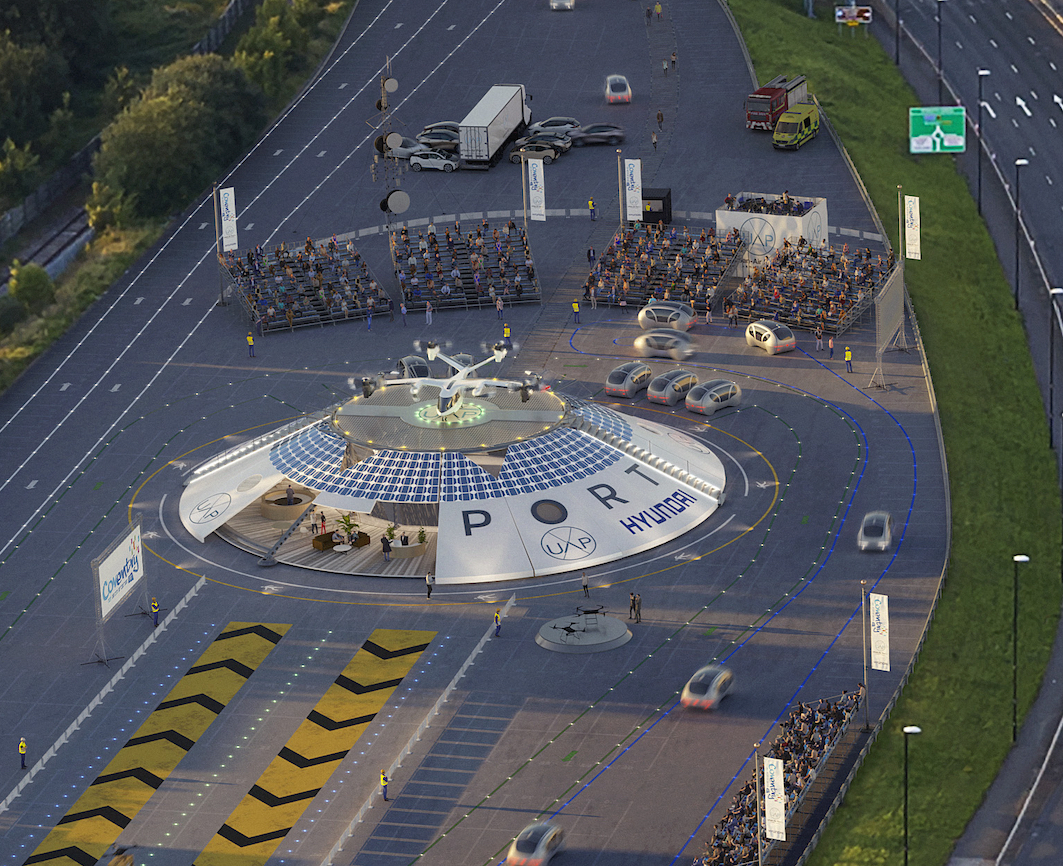
Six months later, he stands by that bullish prediction. He says: “One of the things I’m very focused on is working with our investment bank, and working with our corporate strategic partners to fabricate, deliver and operate 200 UAPs in the next five years. We are well on our way to that target.
“I think that’s actually quite conservative. Change is something that we expect and we are used to but it’s the rate of change that always catches people out. We always underestimate how quickly things change.”
He points to the recent listing on the New York Stock Exchange of eVTOL developer Joby Aviation, which has raised US$1.6 billion.
“That’s a massive change and a big signal that the sector is here and is going to take off, but, in order for that to happen, you need infrastructure in place,” continues Sandhu, whose company has a close partnership with eVTOL vehicle manufacturing giant, Hyundai.
“We will work to get very nimble, very compact but high-capacity infrastructure in place in urban locations where otherwise you wouldn’t ever be able to land anything.

“Taking the example of London, its population is almost ten million so one or two UAPs isn’t going to achieve much; we need to have hundreds of these all complementing existing modes of transport” – Urban-Air Port Founder and Executive Chairman Ricky Sandhu
“You can’t land helicopters in dense downtown settings as evidenced by the sheer lack of them in accessible locations in cities because they’re very noisy and are deemed dangerous. For a different type of vehicle that is 100 times quieter, has zero emissions and safer from a redundancy point of view, you need a new breed of infrastructure which has not yet been produced and will only be seen for the first time in Coventry. Then, we can assess that blueprint for how we can scale sustainably and viably.

“I’m not saying there will be 200 Urban Air-Ports identical to our Coventry Air One launch project – there will be UAPs of different sizes to meet different capacity and demands and serve different types of vehicles. Some of our clients and partners have clear ideas as to which type of vehicle they are going to use for their services whilst others want the flexibility so that, as the industry matures, we can cater for multiple different types of vehicle.
“It will be a blend of different types of UAPs but they will all be built with the same core technology that we have developed.”
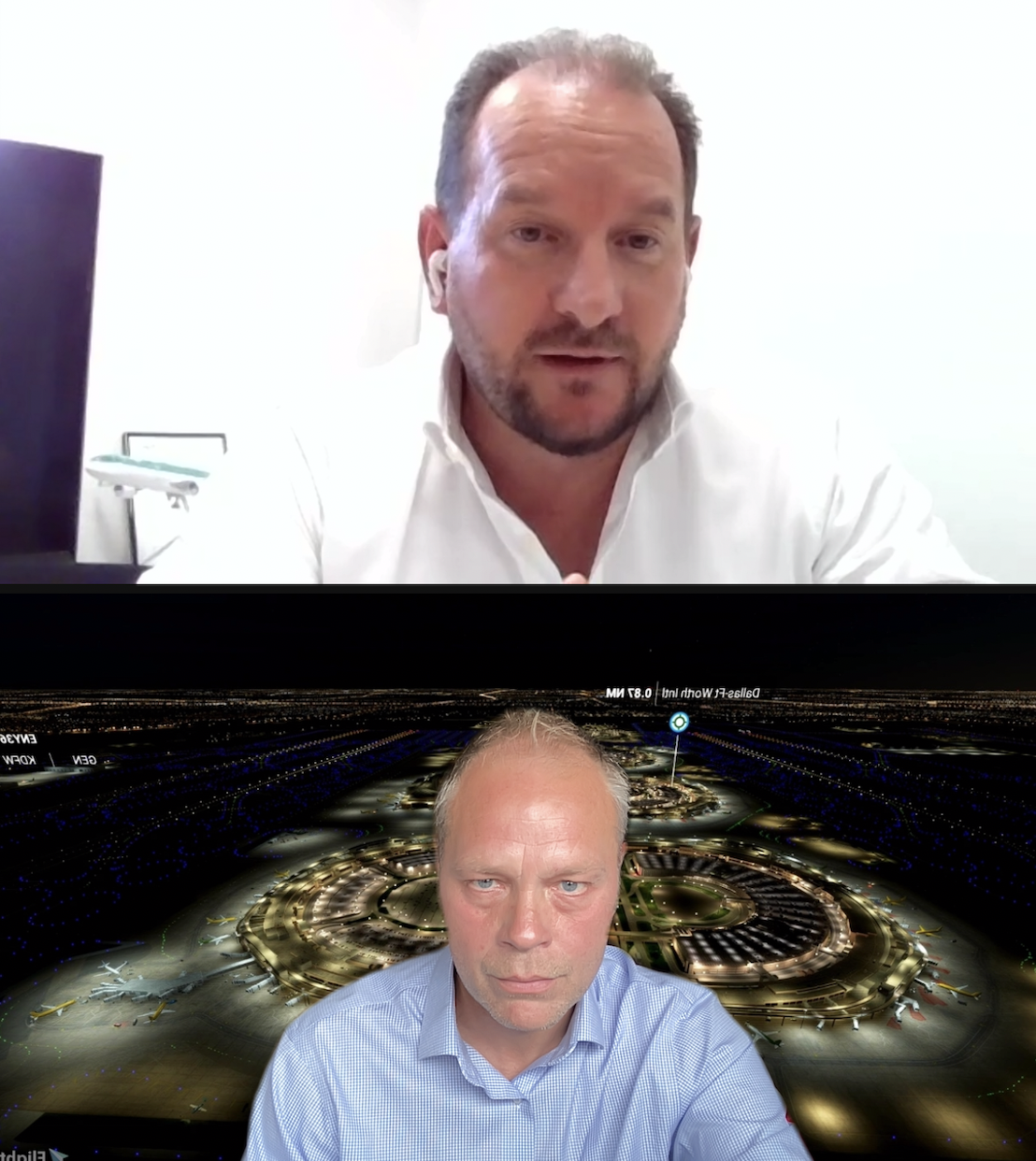
If we are really going to see hundreds of UAPs developed in the UK in the next decade, how many might we might see spring up across the world, in the process creating a global industry with wide-ranging commercial possibilities? Indeed, Sandhu and his colleagues are already in advanced discussions with potential partners for UAP development in Scandinavia, elsewhere in Europe, Asia Pacific and North America.
Sandhu says: “We have customers who are advancing on orders and partnerships, which is really exciting. We can’t name them all yet but very soon we will be making that public and it is quite a significant number for deployment globally across a number of different countries.”
“We are looking for brands who are keen to be associated with a more ‘responsible’ travel environment and solution, whilst still having the ability to reach consumers at a very local level” – Urban-Air Port Chief Retail Officer Keith Hunter
With fast-scaling in prospect, Urban-Air Port is currently going through the process of a Series A capital raise, which Sandhu believes is going to be on target. This will fund the company beyond the Coventry Air One project and the development of its app, unleashing not only its transportation systems but its ecommerce and retail/hospitality services brand, which has been named Urban-Air Choice.
The app, among other things, will open up a plethora of retail opportunities. Keith Hunter explains: “We’re creating a whole retail and service ecosystem through Urban-Air Choice, which will mainly be an app-based collection of retail brands, F&B offers, travel services and events. This all drives great exposure for partners and targeted marketing opportunities to a relevant user base, once the app is fully launched.
“Additionally, our partners are generating incremental revenue by participating in a brand new sector that is intended to enhance and broaden travel and connectivity in a safer and more eco-friendly way. As we are creating a network of UAPs, this could potentially lead to thousands of touchpoints globally.”
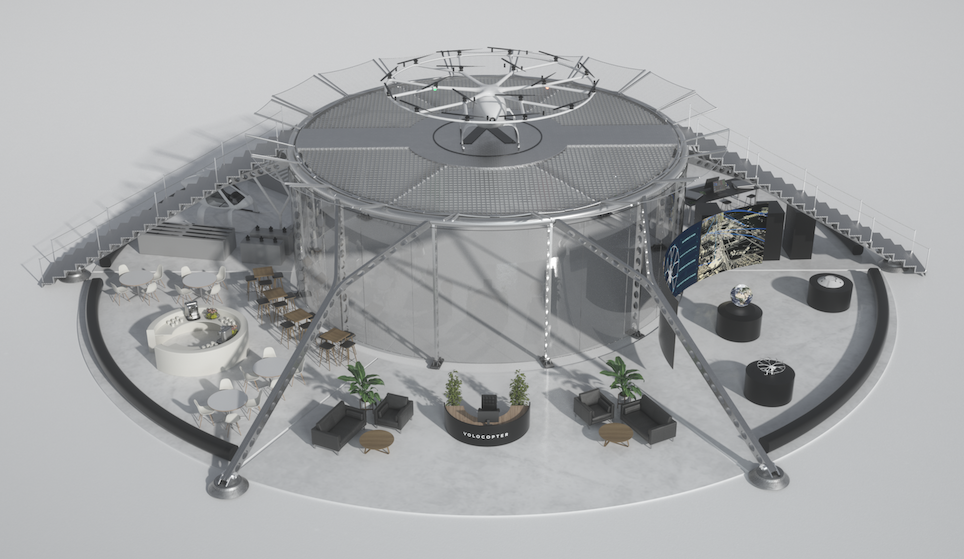
Hunter adds that commercial partners to Urban Air-Port will not be held to traditional agreements and onerous contracts, but rather tie-ups that will encourage flexibility and collaboration, an important direction for commercial agreements which has emerged strongly in the COVID-shaped world.
“This is an opportunity to reach customers in a unique and exciting way where a shared ‘risk and reward’ is the main agenda,” he adds.
Expanding on the Urban-Air Choice app, Hunter says its capabilities will link all things Urban-Air Port, from booking flights, ordering food and drink, arranging ground transportation, arranging parcel drop or collect, ev-charging, and shopping. “Urban-Air Choice pulls together what could be considered as a special suite of shopping, dining, services and events that are made available to all users,” he explains.

According to Hunter, users of the app will be able to access exclusive brand selections, discounts or unique pricing, product launches, combined promotional offers tailored to their travel and shopping needs, access to special events, and a collection of relevant services.
“From a partner perspective, this brings opportunity to businesses focused on travel and domestic, giving the ability to extend the potential reach and flexibility of their offer. We are looking for brands who are keen to be associated with a more responsible travel environment and solution, whilst still having the ability to reach consumers at a very local level.
“We are looking for unique, innovative, and new brands – we welcome start-ups– as well as iconic and established brands and businesses to work with us. We aim to enhance each partner’s offer through association and collaboration with other offers and services that will complement their own.
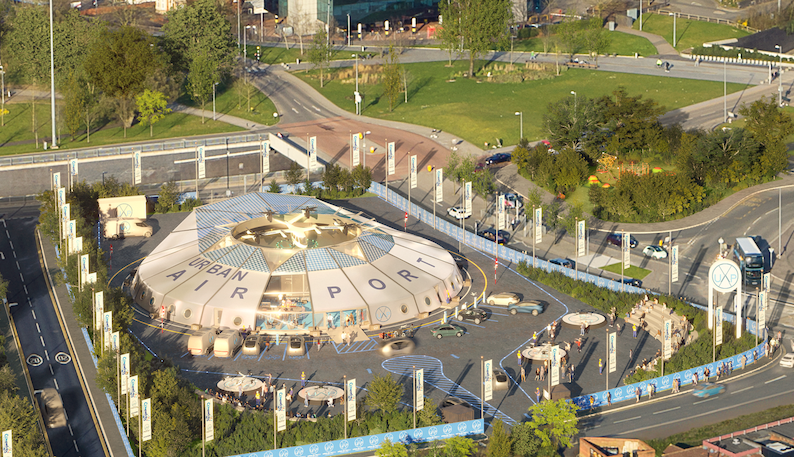
“All partners can also further enhance their presence through a broad range of advertising and sponsorship opportunities, both on the app and in the UAP café or store in the location of the UAP itself.
“It is travel retail, but not as we generally know it. This is travel in a domestic network for now, so it is really very open for both travel retail businesses, as well as domestic ones. We do think international travel will happen relatively quickly as well.”
The scale of what is at stake on the commercial side of Urban-Air Ports is underlined by Sandhu, who says that his company is in progress signing MoUs relating to the UAP infrastructure with organisations in many different sectors. These include logistics developers, real estate developers, business parks and science parks, airports, ports, city councils, health care, tourism, offshore oil and gas, emergency and recovery.
“There’s lots of different functionality across different sectors,” says Sandhu. “We are only at the tip of the iceberg. As we continue to develop Air One and other models, we get more and more interest and more and more potential applications in more and more sectors. We are looking over the next year or two to grow those sectors and start converting those MoUs into more orders and partnerships.”
Sandhu explains that these UAPs will more closely resemble metro stations than conventional airports.
“Taking the example of London, its population is almost ten million so one or two UAPs isn’t going to achieve much; we need to have hundreds of these all complementing existing modes of transport. And the population is growing with a constant migration to urban areas and that keeps on increasing the burden to existing public transport systems.”
He adds: “Some of the plans, such as in London to increase public transport utilisation by up to 70%, is not going to be possible unless we overlay a new technology, another form of public transport that can support those visions.”
Sandhu explains that not only can UAPs learn from Air One for future developments but that the flexible modular system already means it can be adapted for several different types of application.
“We have a number of different models where we are looking at a variety of types of Urban -Air Port. It’s a modular system so we have some models which are purely focused on logistics which we’re developing separately to Air One.
“There are a number of different types of Urban-Air Port from our Air One (ground or rooftop applicable) or Marine One (floating) to Resilience One (disaster emergency and response).”
Sandhu contends that UAPs can be built at a lower cost even in high population density locations.
He explains: “Our infrastructure can be in locations in cities where there are lots of people, close to railway stations and close to bus stations, in downtown urban centres such as Coventry which is in proximity of 400,000 people. Air One will be the world’s first fully operational vertiport but also in the most densely populated location ever.
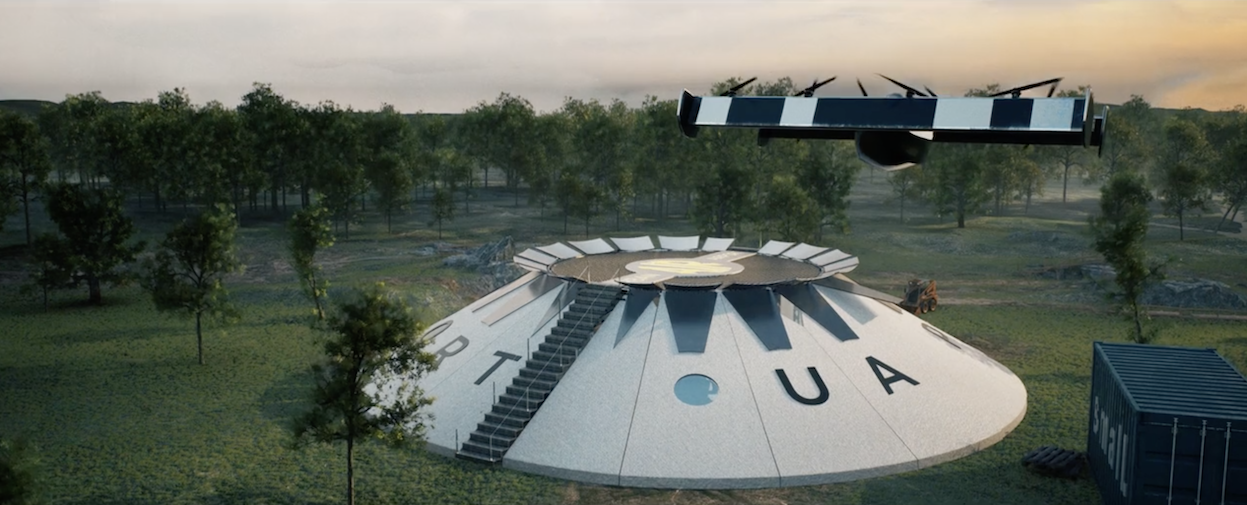
“That is really important and we can do that because we have a compact and patented technology and solution which is unlocked by our three-dimensional airfield. If you don’t have that and have a traditional aviation infrastructure planning approach then you need much more space and then you are going to have to pay for that and that’s all going to get passed down to the consumer – that’s not sustainable or viable in the long run.
“We are creating a very capex light and opex light super-efficient, compact and high-capacity piece of infrastructure that can help keep the costs down, which in turn will benefit our passengers and customers.”
Sandhu says that Urban Air-Port is talking to all the major airports in the UK and points to a recent order placed by Virgin with Vertical Aerospace for vehicles which can take its customers straight from central London direct to Heathrow’s Terminal 3.
“Those eVTOLs have a very different requirement from an infrastructure perspective and that’s how we see the market beginning to evolve and how we see the experience starting, from your street or within very close proximity and then it goes all the way to the airport and through the airport and beyond.
“It’s that kind of joined up thinking that we are now beginning to see with the airlines starting to realise that this is a great way to entice passengers into the airports and we have a big part to play in that. That’s because you can’t get on one of this new breed of vehicles without boarding it through a new breed of infrastructure – the UAP – and when they land at the other end they need a UAP there also.”

